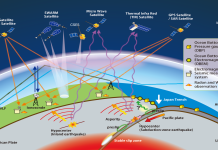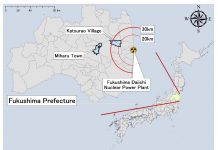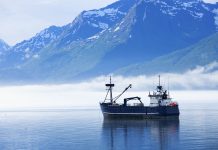Open Access Government produces compelling and informative news, publications, eBooks, and academic research articles for the public and private sector looking at health, diseases & conditions, workplace, research & innovation, digital transformation, government policy, environment, agriculture, energy, transport and more.
Home 2025
Archives
10th Anniversary of the 2015 M7.8 Nepal earthquake: Explore new prediction technologies
Dr. Dimitar Ouzounov from the Institute for Earth, Computing, Human, and Observing (Institute for ECHO) at Chapman University and Dr. Angelo De Santis from the National Institute of Geophysics and Volcanology (Rome, Italy) are exploring new technologies for short-term earthquake forecasting and prediction, including the application of the LAIC approach to the 2015 Gorkha earthquakes in Nepal.
Philosophy: Environmental risk policy and public law
John Martin Gillroy is Professor of Philosophy, Law & Public Policy at Lehigh University. Here, he navigates philosophy with a special focus on environmental risk within the realms of policy and public law.
Prolonged impact of the Fukushima Nuclear Power Plant Accident on health and society
Naomi Ito, Research Assistant at the Fukushima Medical University, tells us how the 2011 Fukushima Daiichi Nuclear Power Plant Accident impacted and continues to impact local residents.
Gulf Watch Alaska: Long-term research and monitoring in the Gulf of Alaska
Within the Gulf of Alaska, in the North Pacific Ocean, three major events - both natural and human-caused – resulted in large-scale ecosystem changes during the last 50 years.





